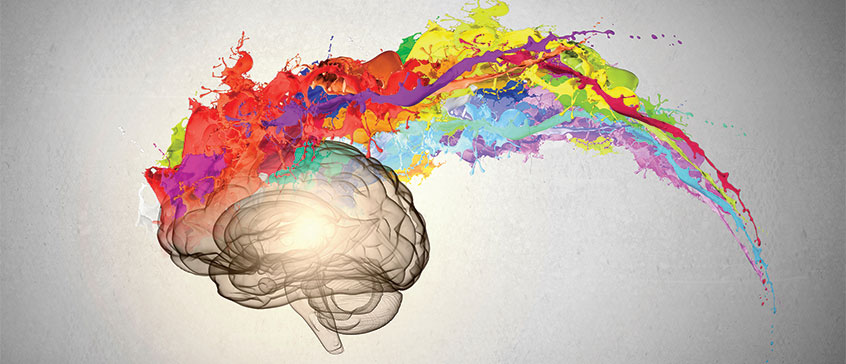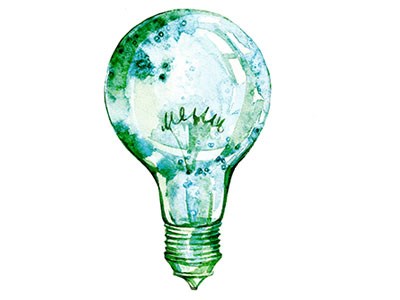How arts benefits us all, as humans

From the earliest markings upon cave walls, to the rhythmic beating of drums, cultural dance or even the creation of written language, people have been driven to express themselves through art since the earliest days of our species. It can even be said it is one of the unique qualities that make us human.
Yet most people, if asked, would deny being an artist. We assume that to be an artist, we must be a virtuoso or have created a masterpiece, but this is simply not true. The truth is that everybody has the capacity to express themselves through art, and perhaps more surprisingly, we can all benefit from doing so.
Here are a few ways even us "non-artists" can benefit from art:
 1. Stress Relief
1. Stress Relief
Research has shown that engaging in just 45 minutes of art-making significantly reduced the levels of cortisol (aka “the stress hormone”) across 75% of participants. Why? Well, it turns out, creating art is akin to meditation. It forces the mind to slow down, to focus on the details, and it helps to block out the mind’s distractions, resulting in people feeling noticeably calmer and less anxious.
2. Confidence Boost
 Remember being a kid, and the feeling of pride you would feel when your mom hung your artwork up on the fridge or wall for all the world to see? It turns out, that feeling doesn’t go away as an adult. Seeing a completed work of art that you have created stimulates the release of dopamine—the feel-good hormone—into our bodies, which lowers feelings of depression and increases feelings of confidence. In other words, creating art makes you feel better about yourself. Even if it’s just a stick figure.
Remember being a kid, and the feeling of pride you would feel when your mom hung your artwork up on the fridge or wall for all the world to see? It turns out, that feeling doesn’t go away as an adult. Seeing a completed work of art that you have created stimulates the release of dopamine—the feel-good hormone—into our bodies, which lowers feelings of depression and increases feelings of confidence. In other words, creating art makes you feel better about yourself. Even if it’s just a stick figure.
3. Problem-Solving
 That’s right, creating art can help us become better problem solvers. There are two reasons for this. One is that the practice of creating is inherently without boundaries or parameters. It forces you to use your imagination, to think through how you are going to convey your image or message through art. And the habit of thinking creatively helps you to learn new, resourceful ways of solving problems in your art, but also in life.
That’s right, creating art can help us become better problem solvers. There are two reasons for this. One is that the practice of creating is inherently without boundaries or parameters. It forces you to use your imagination, to think through how you are going to convey your image or message through art. And the habit of thinking creatively helps you to learn new, resourceful ways of solving problems in your art, but also in life.
But secondly, the process of turning our problems into narratives can help us to work through them. By organizing our problems into the framework of a narrative—be it through writing, song or visual art—it helps to bring a sense of order to the chaos that is represented in the problem. This, in turn, “gives individuals a sense of predictability and control over their lives.”
4. Improves quality of life for those with illness
 Not only does art-making help to reduce symptoms of anxiety and depression that are commonly experienced by those suffering from chronic illness, but research is also showing that it can be quite beneficial to older adults, particularly those suffering from Alzheimer’s or Parkinson’s disease. This is because making art can improve cognitive functions by strengthening, or even creating new neural pathways in the brain, helping the brain to adapt and stay healthier. In fact, the earlier we can start using our creative brain regularly, and the longer we continue to do so, can help the brain stay fit and healthy as we age.
Not only does art-making help to reduce symptoms of anxiety and depression that are commonly experienced by those suffering from chronic illness, but research is also showing that it can be quite beneficial to older adults, particularly those suffering from Alzheimer’s or Parkinson’s disease. This is because making art can improve cognitive functions by strengthening, or even creating new neural pathways in the brain, helping the brain to adapt and stay healthier. In fact, the earlier we can start using our creative brain regularly, and the longer we continue to do so, can help the brain stay fit and healthy as we age.
As a species, we have yet to run out of ways to creatively express ourselves. And in light of what research is now revealing are the many benefits of art-making; perhaps the very success of our species can be attributed, at least in part, to our innate need to create. It stimulates progress, it helps us cope, and more than anything, it helps us frame the narrative of our own humanity.
Kick-start your creativity with a new course from our Jan–Aug 2025 Calendar
Art History
Music
Photography
Visual arts
- Drawing for All
- Drawing and Collage
- Telling Our Stories Through Comics
- Drawing and Art History
- Flower and Bird Painting
- Artist Book: From Start to Finish
Plus a selection of online art and design courses.
Writing and Literature
- Exhale: Discovering the Great Mystery
- The Art of Murder: Mystery Writing 101
- Writing Children's Fiction
- Writing Stories in an Age of Unravelling
- Exploring the Storytelling Power of Everyday Things
- Urban Spaces in Place-Based Fiction
- Inspired Writing
- Revisit and Revise Your Novel
- T.S. Eliot's Four Quartets
- Posted August 7, 2019
Visit Registration
2nd Floor | Continuing Studies Building University of Victoria Campus 3800 Finnerty Road | Victoria BC | CanadaTel 250-472-4747 | Email uvcsreg@uvic.ca
2025 © Continuing Studies at UVic
Legal Notices |
Sitemap

